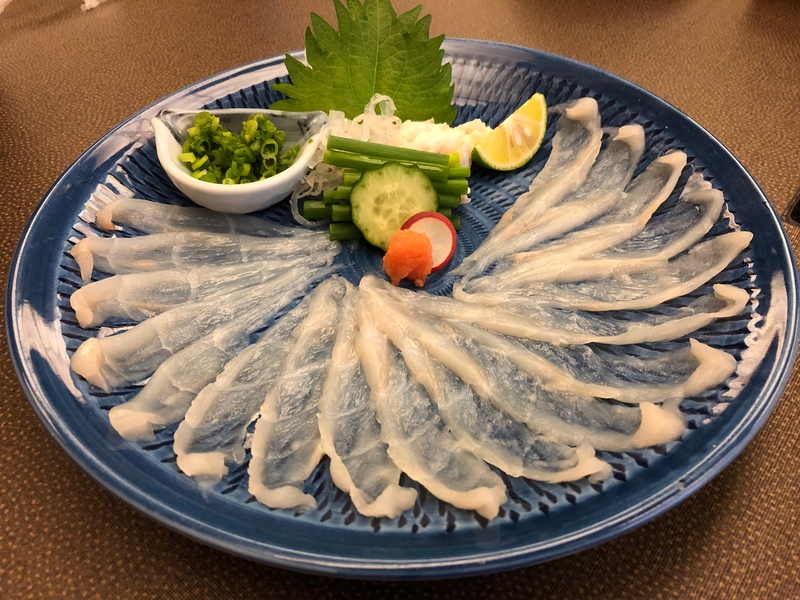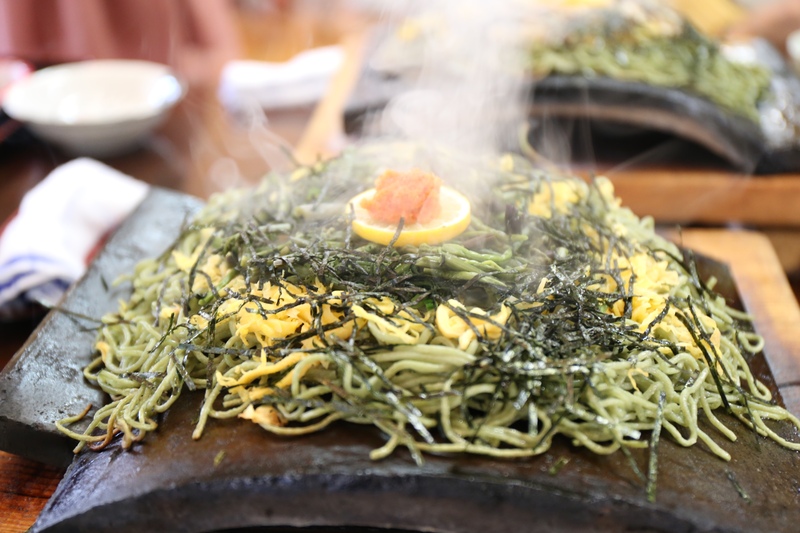What is Hōfu Tenmangū?
Hōfu Tenmangū is Japan’s first Tenjin shrine, located in Hōfu City, Yamaguchi Prefecture. It enshrines Sugawara no Michizane, a revered figure known as the deity of scholarship.
Founded in 904, this shrine has a long history and tradition, and visitors from across the country come to pray for academic success and exam victories.
It is also famous for its plum trees; in spring the precincts are decorated with about 1,100 plum blossoms.
The beautiful scenery and sacred atmosphere are major draws for many tourists.

Attractions of Hōfu Tenmangū
1. Japan’s Oldest Tenmangū
Hōfu Tenmangū is regarded as the first Tenmangū where Sugawara no Michizane is enshrined.
Because of this, the shrine has deep-rooted history and faith.
It is a special power spot for those praying for academic achievement or school entrance success.
2. A Famous Spot for Plum Blossoms Through the Seasons
About 1,100 plum trees are planted on the shrine grounds, and they reach their best bloom from February to March each year.
The “Plum Festival” is held, attracting many visitors.
Visiting while surrounded by the scent of plum blossoms creates a memorable experience.
3. Dignified Architecture and a Grand Approach
Hōfu Tenmangū’s beautiful architecture and grand approach captivate visitors.
In particular, the worship hall (haiden) that spreads out after climbing the stone steps has a solemn atmosphere and is ideal for photography.
4. Annual Events and Special Experiences
Many events are held at Hōfu Tenmangū throughout the year.
- Hatsumōde: The shrine is bustling with visitors making New Year’s prayers.
- Plum Festival: A spring event celebrating the plum blossoms with a festive atmosphere.
- Tanabata Festival: The precincts are decorated beautifully, and you can enjoy evening illumination.
5. Local Food and Souvenirs
There are shops around Hōfu Tenmangū where you can enjoy local specialties and regional gourmet foods.
Especially Tenjin-mochi and sweets made with plums make perfect souvenirs.

Access
By Car
- About 40 minutes from Yamaguchi City
- About 15 minutes from the Sanyo Expressway “Hōfu Nishi IC” or “Hōfu Higashi IC.”
- About 2 hours from Fukuoka City
- Use the Kyushu Expressway and Sanyo Expressway to reach Hōfu City.
By Public Transport
- From JR Sanyō Main Line “Hōfu Station”
- About a 15-minute walk or a 5-minute taxi ride.
- Buses also run; get off at the “Tenjin-mae” bus stop for immediate access.

How to Enjoy Hōfu Tenmangū
1. Pray for Academic Success and Exam Passing
Since Sugawara no Michizane is enshrined here, it’s an ideal place to pray for academic achievement and entrance exam success.
Writing your wish on an ema (votive plaque) and dedicating it helps focus your mind.
2. Enjoy the Plum Festival
The “Plum Festival” is held in spring, and the grounds are brightly colored with plum blossoms.
There are events on special stages and local products for sale, offering plenty of local enjoyment.
3. Learn About History and Culture
Take time to appreciate the history and architectural beauty of Hōfu Tenmangū.
There are information boards on the grounds where you can learn about the shrine’s origins and anecdotes about Sugawara no Michizane.
4. Buy Omamori and Ema
The shrine’s unique omamori (protective charms) and ema make great souvenirs.
Designs featuring plum motifs are particularly popular.

Practical Information for Travelers
- Opening hours
- The gates are open from 6:00 to 20:00, but the shrine office and charm sales are from 9:00 to 16:30 (times may vary).
- Admission fee
- Visiting the shrine grounds is free, though some special events may require a fee.
- Recommended clothing
- There are stone steps and slopes, so comfortable walking shoes are recommended.
- Notes
- The shrine grounds are a sacred place, so refrain from loud voices and smoking.
- Please be considerate when taking photos so as not to disturb other visitors.
Summary
Hōfu Tenmangū is a special place packed with the history and tradition of Japan’s oldest Tenmangū, and it is renowned both for academic blessings and as a plum blossom spot.
Praying to the deity of scholarship and experiencing the beautiful nature and culture here can bring peace of mind and renewed strength to visitors.
Why not visit Hōfu Tenmangū as a highlight of your trip to Yamaguchi?
Frequently Asked Questions
Q1. When is the best time to visit Hōfu Tenmangū?
The plum festival in spring and the New Year’s hatsumōde season are especially recommended.
Each season offers its own scenery, so any time of year can be enjoyable.
Q2. Are there English guides available?
Some information boards include English, and you can get support at local tourist information centers.
Q3. Is it enjoyable for visitors with children?
Yes. There are family-friendly events and spacious grounds, so it’s suitable for visits with children.
Enjoy a wonderful experience of history and nature at Hōfu Tenmangū!








